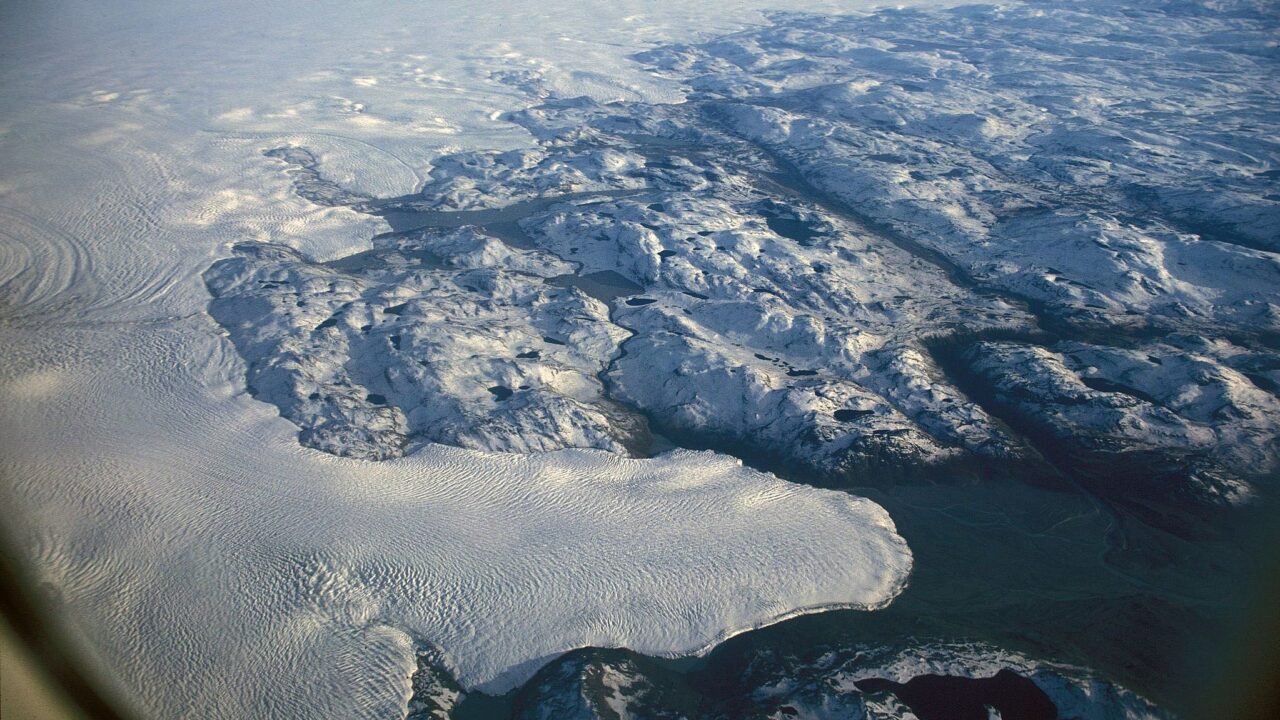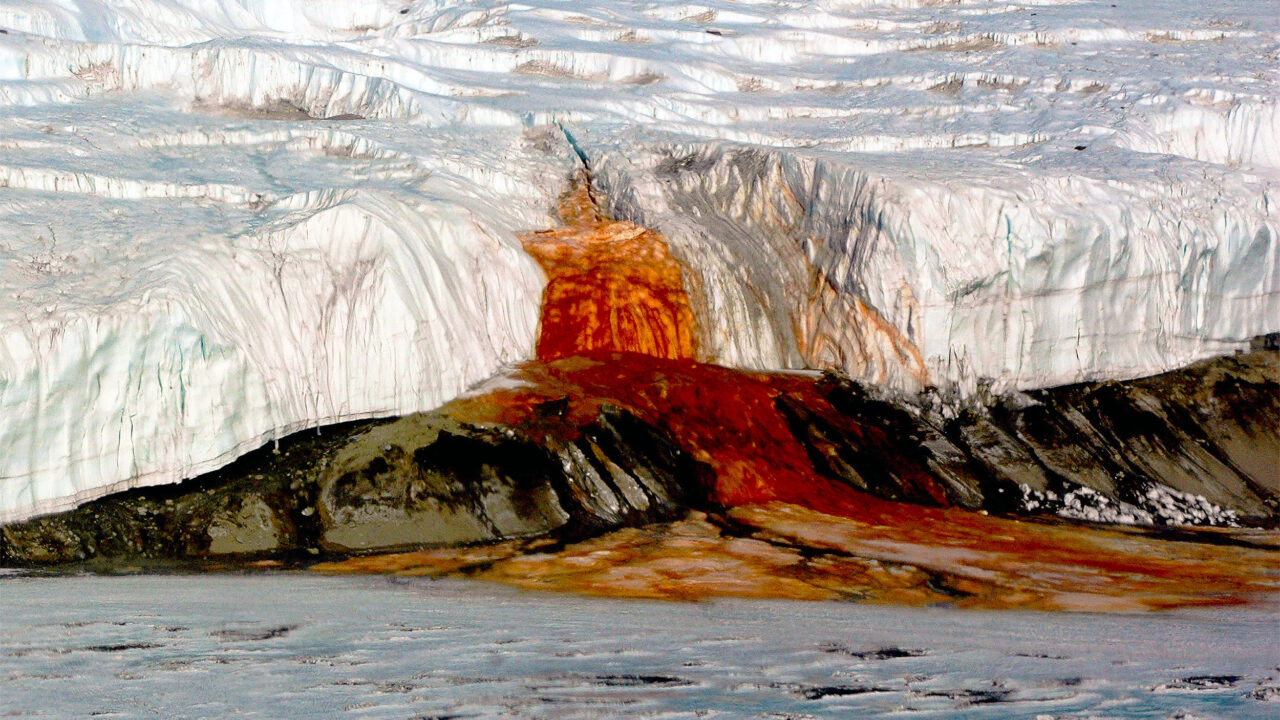The narwhal is one of the most enchanting and mysterious creatures of the Arctic Ocean. Often called the unicorn of the sea, this medium sized whale is known for its long spiral tusk that has inspired myths and legends for centuries. Found in the icy waters of Canada, Greenland and Russia, the narwhal remains an important species for scientists studying marine life in extreme environments.
A Tusk That Looks Like a Unicorn Horn
The most iconic feature of the narwhal is its long tusk. This tusk is actually an elongated tooth that grows through the upper lip and can reach up to three meters in length. The tusk has millions of nerve endings, making it a highly sensitive organ. Researchers believe narwhals use it to detect changes in water temperature, pressure and movement, giving them a powerful advantage in the wild.
Life in the Harsh Arctic Waters
Narwhals live in some of the coldest environments on Earth. They spend most of their life in deep icy waters where they feed on fish, squid and shrimp. During winter, they navigate through narrow cracks in sea ice, using their strong bodies to break through thinner layers of ice when needed. Their dark and mottled skin provides excellent camouflage in Arctic waters.
Unique Vocal Communication
Narwhals are highly vocal animals. They produce clicks, whistles and trills that are used for navigation and communication. These sounds help them find prey through echolocation and maintain contact with other members of their pod. Their vocal abilities make them one of the most interesting marine mammals to study.
Behavior and Social Structure
Narwhals travel in groups called pods, which can include anywhere from a few individuals to hundreds. These whales show strong social bonds and often migrate together over long distances. Their seasonal movements follow patterns related to sea ice change and food availability.
Threats to Their Survival
Despite their resilience, narwhals face several threats. Climate change is rapidly altering the Arctic environment, reducing the sea ice that narwhals depend on for shelter and hunting. Increased noise pollution from ships can interfere with their communication and navigation. Conservation groups are working to protect the species by monitoring populations and reducing human impact.
Cultural Importance
For centuries, Indigenous communities in the Arctic have respected narwhals as part of their cultural heritage. The animals provide food, tools and stories that are passed down through generations. Today, narwhals remain a symbol of the deep connection between Arctic people and their natural environment.
The narwhal is an extraordinary example of the beauty and mystery found in the ocean. Its spiral tusk, Arctic adaptations and social behavior make it one of the most unique marine animals in the world. Learning about narwhals not only deepens our appreciation for marine life but also highlights the importance of protecting fragile Arctic ecosystems.





